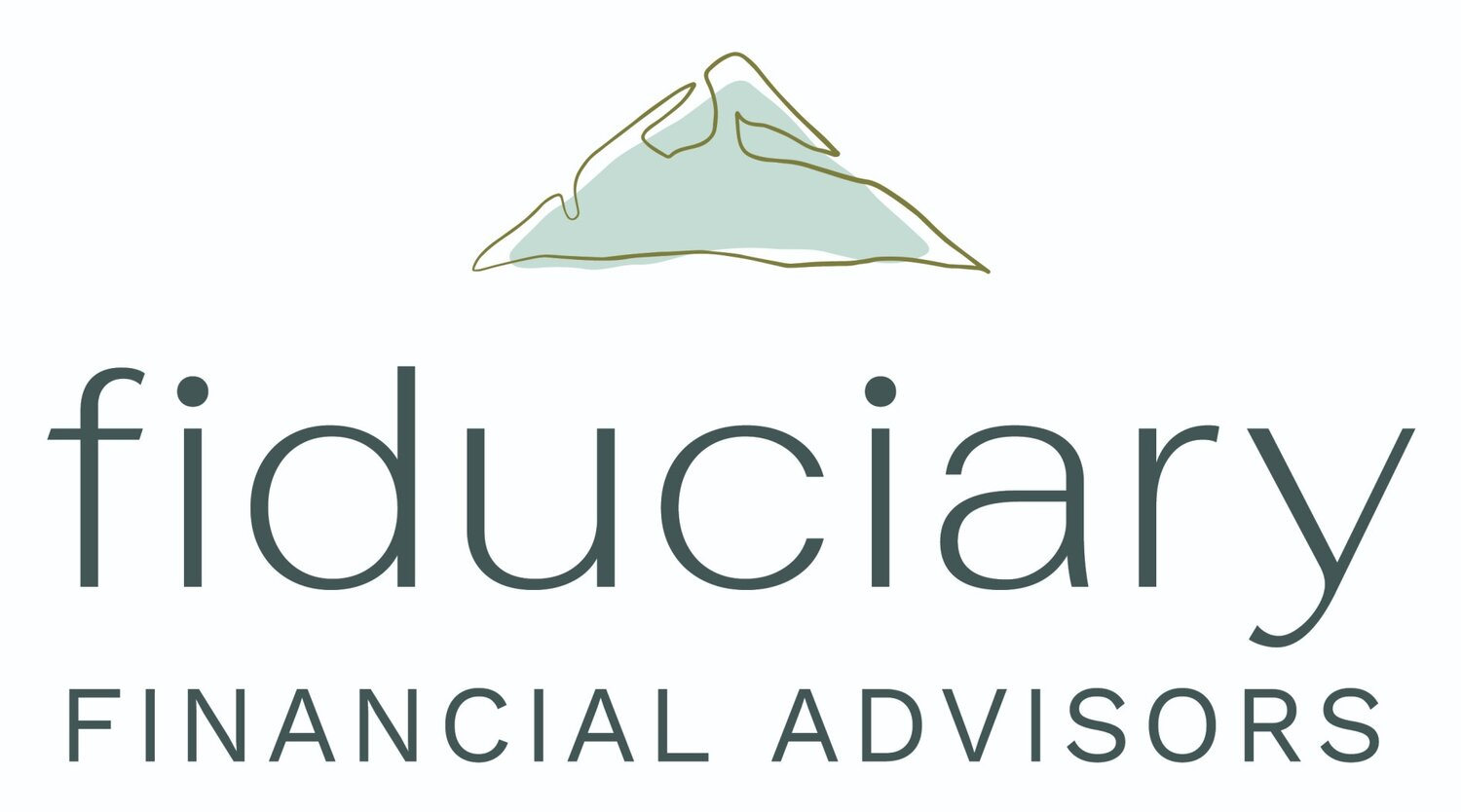A few thoughts around dealing with market FOMO
/The following is a note from “Hindsight Wealth Management”:
In our latest call we urge clients to go back in time to the start of the year, assemble a three-asset portfolio of Nvidia, Tesla, and Meta, to enjoy over 100% gains to start the year. This is not dis-similar to our call in December of 2022 to have gone back in time and shorted the Nasdaq 100 at the beginning of that year. (If only jokes like this were true!)
Back to reality…
As of this writing, the Nasdaq 100 has risen nearly 40% to start the year. While this sounds impressive, the index is yet to re-touch its early 2021 high, although it is not far off. Two extreme thoughts prevail when viewed in hindsight; “I knew this would happen!” and “How did I not see this opportunity?”. Most of us would find ourselves somewhere in between these two extremes, gravitating towards one end or the other based on actions we took in the past. But, without having any idea of the future how can we assess the driving forces of the actions we took in the past? Were they luck, skill, or an amalgam of both?
Through training and experiences (usually painfully stupid decision of a younger self!) my focus on viewing these types of events has moved from outcome to process. What does this fully mean? It is more insightful to focus energy, especially if you have FOMO (Fear of Missing Out), around what your decision-making process was in the past and if you could have reasonably achieved a desired outcome in the present. As an example, if you didn’t win the lottery today because you didn’t buy a ticket yesterday, then you must consider changing your process going forward to purchasing a lottery ticket. Obviously, this does not guarantee you will be a winner, but it will move you much closer to that outcome than your previous process provided.
What does this mean for successful investing and how do we incorporate this thinking when building our portfolios? Generally, you must find a way to own asset classes that have a high probability of outstanding outcomes. Back in 2022, it was really ugly and sucky to own the Nasdaq 100. I looked really dumb to a lot of clients especially those whom I had a very short track record of managing their money. However, come 2023, this holding or marginal buying looks brilliant in hindsight. Strangely, when you have adopted this mindset, you begin to view dramatic moves in the market less with FOMO and more with astonishment.
A keen observer might note that I have just wasted a whole lot of time and energy explaining a “buy and hold” strategy. True, but I see two counterpoints as to why it’s a bit more complicated. First, how did that do in 1965-1982? My guess is that a purist advisor advocating a purely buy-hold strategy would have found themselves without many clients sticking with them through that malaise. Second, buy and hold is extraordinarily challenging mostly because of societal influence, luck, and our natural desire to avoid pain. Buy and hold, while difficult, is easier as an advisor because many of the influences above stated have a less potent effect when you are making fiduciary decisions over someone else’s money. But that isn’t enough to declare victory, enter tactical rebalancing.
“Buy low, sell high” are the most important words in the investment world. Easier said than done, especially over long periods of time, but made more doable with a tactical rebalancing approach. Consider a portfolio with two assets divided equally: the S&P 500 and a 10-year treasury bond. One would assume that, over a 10-year period, the treasury would receive its stated interest rate return compounded with the S&P 500 delivering an uncertain return. We would assume, as has been true a majority of years in market history, that the S&P 500 would outperform over the 10-year period while having a much wider swings in value. Assuming these conditions, could your return be enhanced?
Of course, in several ways. First, you could know the absolute low or high in each of these assets and do the “buy low, sell high” thing with ease. For the rest of us non-oracles, you could sell some of the S&P 500 if it rises above the 10-year treasury. Great, easy to do except for the critical variables of how much and when? Daily, monthly, yearly? Imagine you choose yearly, the S&P outperforms the 10-year by 5%; however, during the year the performance difference drifted to 25% at one point. Yes, more than likely you will be better off with the annual rebalance but try to convince me that you won’t feel like you missed out, see above. The solution becomes a tactical approach based on market conditions not on calendar periods.
What is the best way to implement this strategy? I have found it to be more art than science. A ratchetted approach makes logical sense but the belief that you can follow some standard deviation or correlation should be approached with caution. While these numbers seem like logical anchors, they require assumptions that can make them no better than a guess. This is where, I’m biased but probably correct, an experienced money manager can make the decisive choice. The more important point is consistently employing this strategy through all market conditions (you probably want more than a two-asset portfolio!).
If you want to remove all FOMO from investing, build a time machine. Another more accessible strategy would be to work with an advisor that employs them. Process always trumps luck in the long-run. Regardless of outcome, investment success comes from a continuous refinement of process and leaves no room for FOMO.
As always, reach out with questions, commentary, or just to say hello!
Robert A Barcelona
Senior Financial Advisor
Fiduciary Financial Advisors
President HB Wealth Management, LLC

